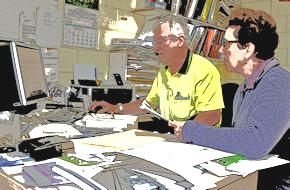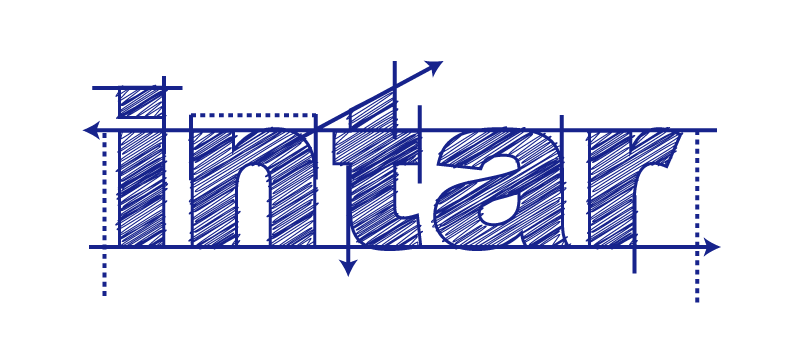Putting the assessment tool together

ASQA has produced a booklet called Guide to developing assessment tools (see below for the weblink) which sets out the process of writing assessment tools in three steps. These have been summarised below and adapted to meet the typical requirements of trainers who assess tradespeople or workers in industrial settings.
Step 1: Planning
The planning stage involves collecting all the necessary information and determining what the assessment requirements are and how the procedure will be conducted.
Three questions you should ask yourself are:
- Who are the learners and what are their needs?
For example:
Will they need to have well-developed numeracy skills to work with computerised equipment?
Are they likely to have lower than average literacy skills?
What sorts of workplaces are they in and what tasks are they carrying out? - Who will collect the evidence?
For example:
Will you be relying on the learner's workplace supervisor to provide a third party report?
Are there other people, apart from yourself, who will be involved in collecting of evidence? - Where will the assessment be conducted?
For example:
Will you need a combination of locations, such as a training room for the theory test and a suitable work area for the practical demonstrations?
Will you be using a 'simulated' work environment or can you carry out the practical tasks on-the-job?
Once you have answered these questions, you can decide on the most appropriate assessment methods. Your yardsticks for their suitability will be the 'principles of assessment' and 'rules of evidence'.
Step 2: Designing and developing
The following components should be included in the assessment tool:
- Context and conditions - where you identify the target group and their work environment, conditions under which the assessment will take place, materials and equipment needed, and all parties who need to be involved in the process.
- Assessment tasks and evidence requirements - where you provide instructions to the learner and assessor on the tasks that will be administered (such as practical demonstrations and written tests) and other forms of evidence to be collected (such as third party reports and portfolios of completed work).
- Evaluation criteria - also called the 'decision making rules', where you specify the benchmarks of performance that will apply, such as compliance with the relevant Australian Standards or company procedures.
Step 3: Checking quality
Once you have written up a final draft of the assessment tool, you should review it and carry out a trial run to make sure it works smoothly and meets the requirements of the competency. This process should involve workplace personnel who have expert knowledge and experience in the skills being assessed, as well as training personnel who have a sound understanding of competency standards and evidence requirements.
Depending on the complexity of the assessment tool and the skills it is assessing, you may need to review and trial the tool several times as you progressively fine-tune it and get all the details right. However, it is important to spend as much time as needed on this stage of the development process, because the better the final product is, the easier it will be to use for both the learner and their assessor, and the more reliable the assessment outcomes will be.
Well-structured assessment tools are also much easier to keep up-to-date and adapt to changing circumstances, so you will be doing everyone a favour - including the learner, their assessor, the RTO and yourself as the developer - to make sure that the assessment tool is as clear, precise and directly relevant to the skills it is assessing as it can be.

The Guide to developing assessment tools is downloadable here from the ASQA website.

